The thorns of sea urchins, a model for better cement
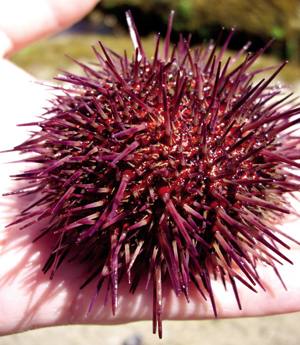
The main component of sea urchin prunes (99%) is calcite, a very resistant and at the same time fragile material. However, the thorns of the sea urchins, being hard, have enough flexibility to withstand the blows.
Researcher Helmut Coelfen of the University of Constance (Germany), after studying the structure of calcite in the thorns of sea urchins, has discovered that calcite crystals are located in a lime group, such as bricks on the wall, and that between the crystals there are also proteins. It says it's amazing to see how nature turns a fragile material into a high-strength material.
The details of the study have not been made known, since an agreement has been signed with two major international companies to create hard and flexible cement.
Epistemology, or theory of knowledge, is one of the main areas of philosophy, and throughout history there have been important debates about the limits and bases of our knowledge. Within this we find two powerful corridors that propose different ways of accessing knowledge: The... [+]
We learned this week that the Court of Getxo has closed the case of 4-year-old children from the Europa School. This leads us to ask: are the judicial, police, etc. authorities prepared to respond to the children’s requests? Are our children really protected when they are... [+]
Gabonetako argiak pizteko ekitaldia espainolez egin izanak, Irungo euskaldunak haserretzeaz harago, Aski Da! mugimendua abiatu zuen: herriko 40 elkarteren indarrak batuta, Irungo udal gobernuarekin bildu dira orain, alkatea eta Euskara zinegotzia tarteko, herriko eragileak... [+]









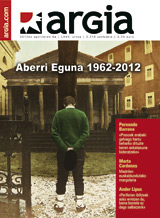

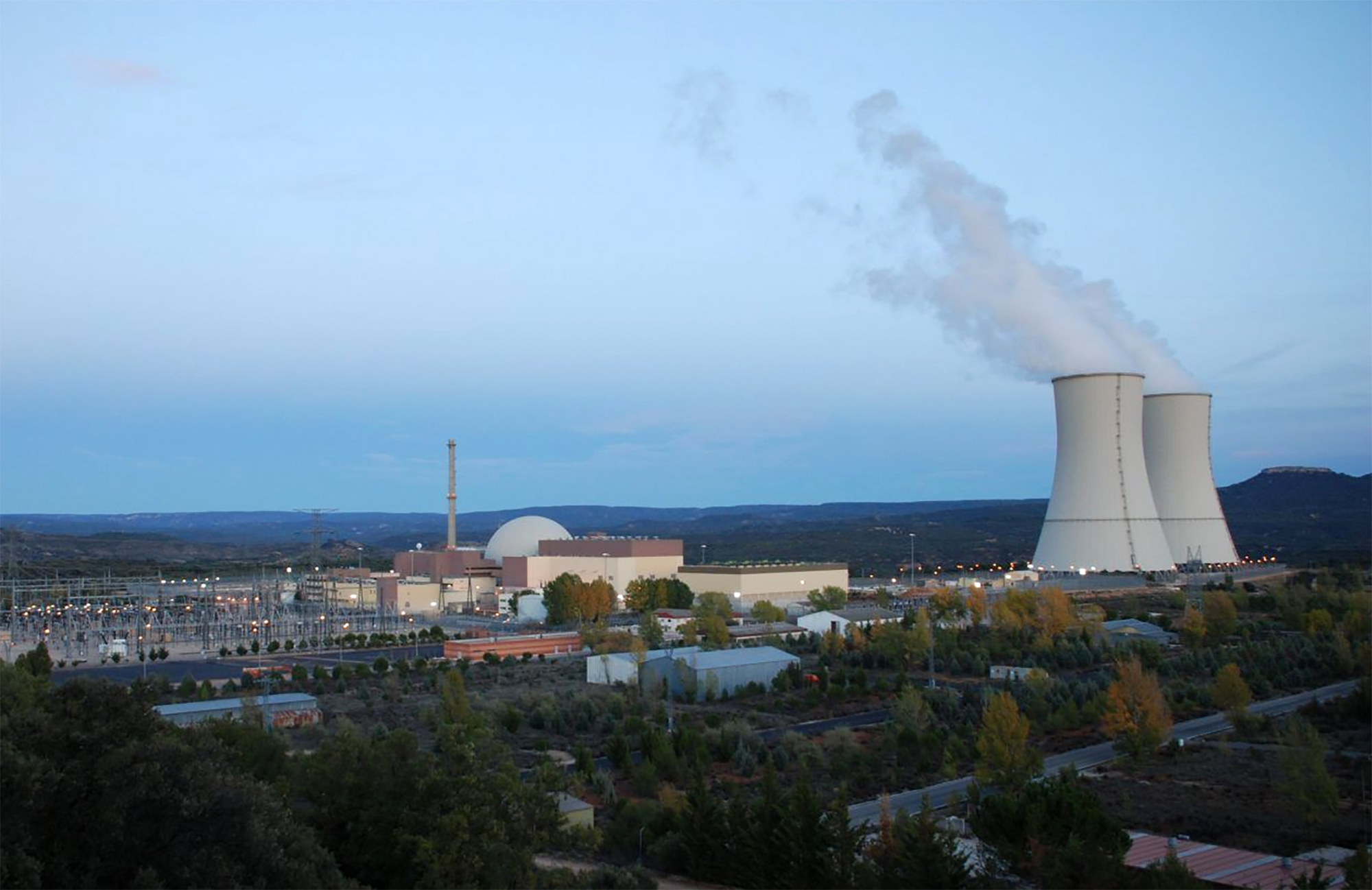

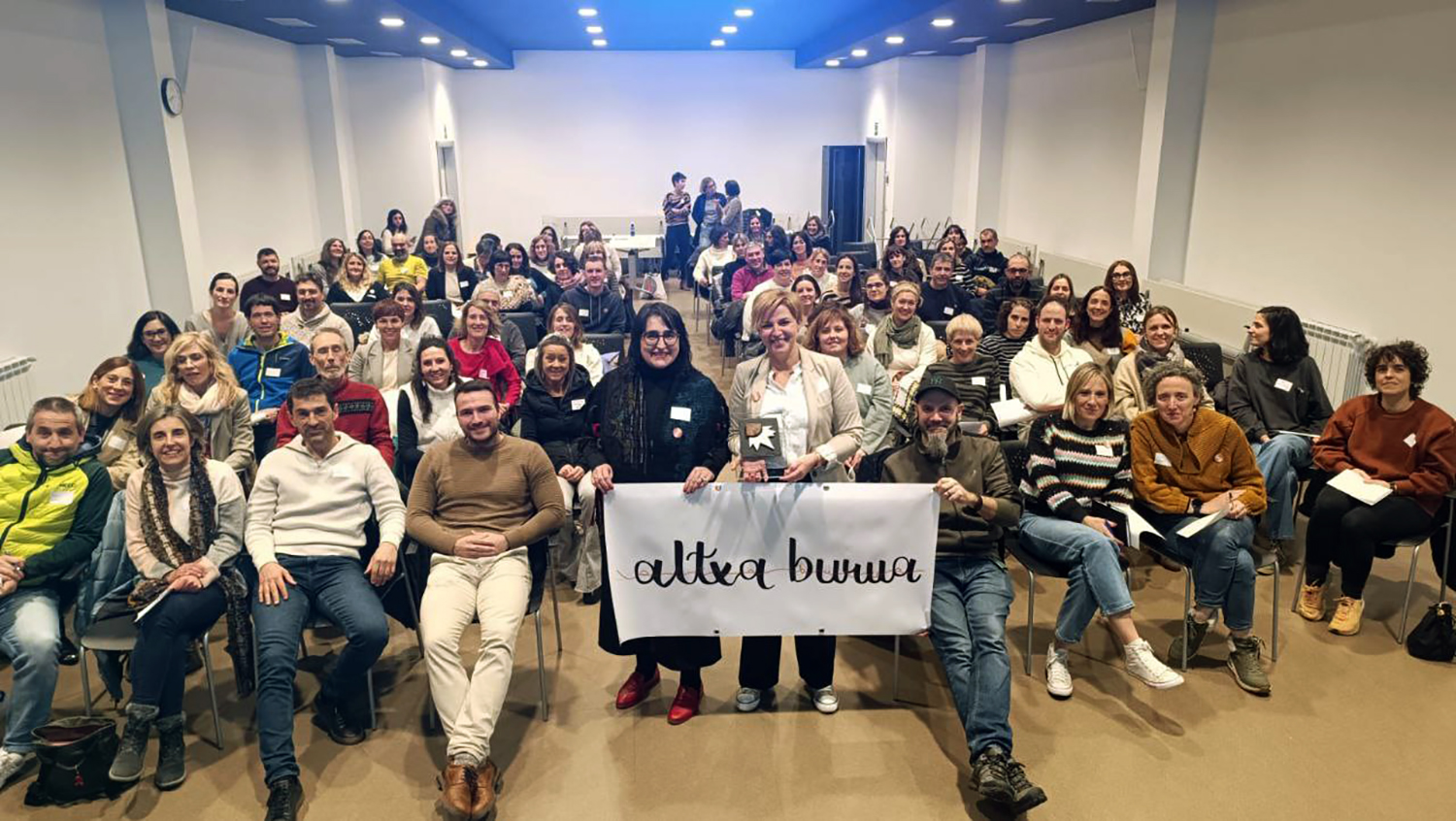



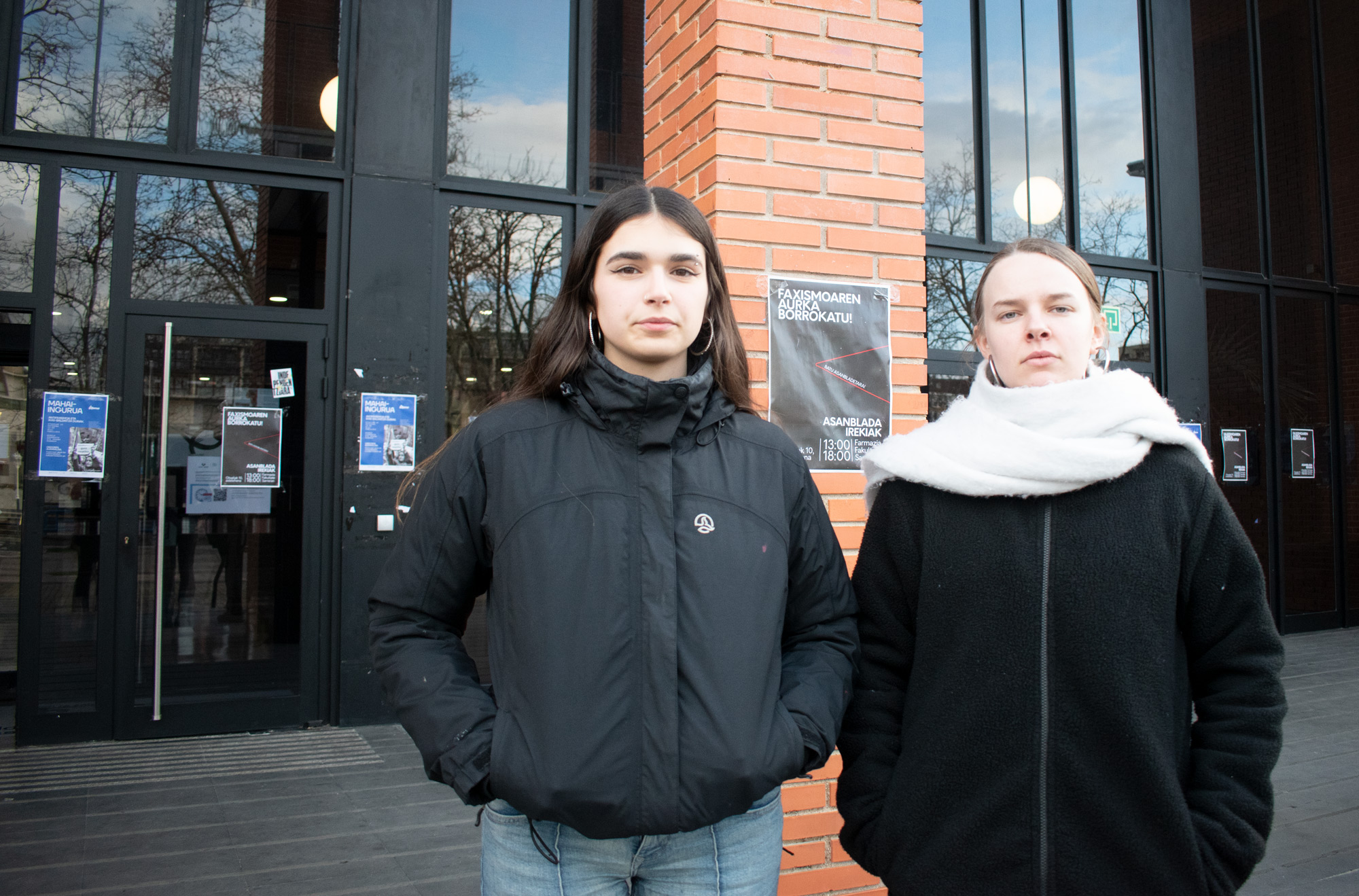
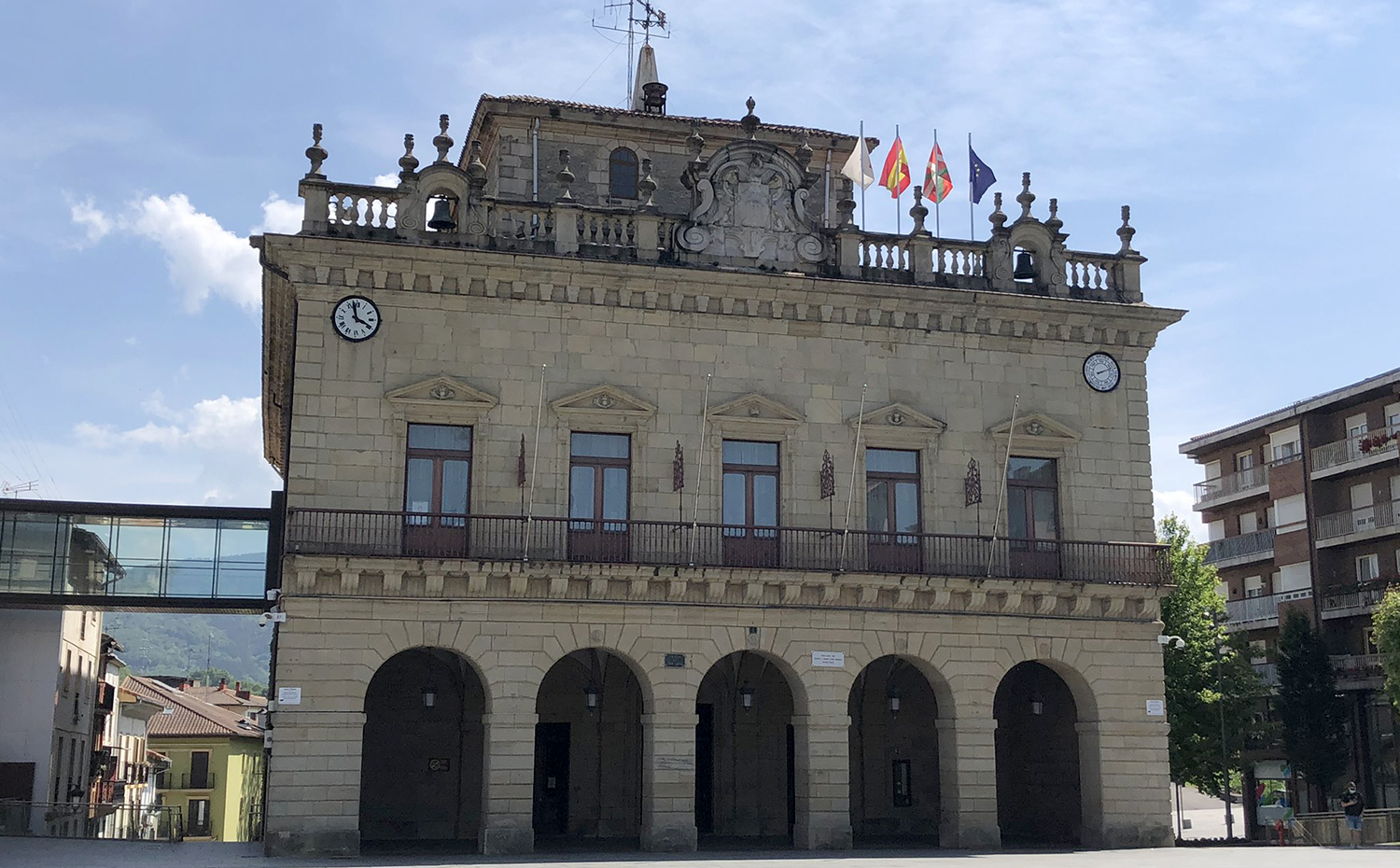

_2.jpg)


